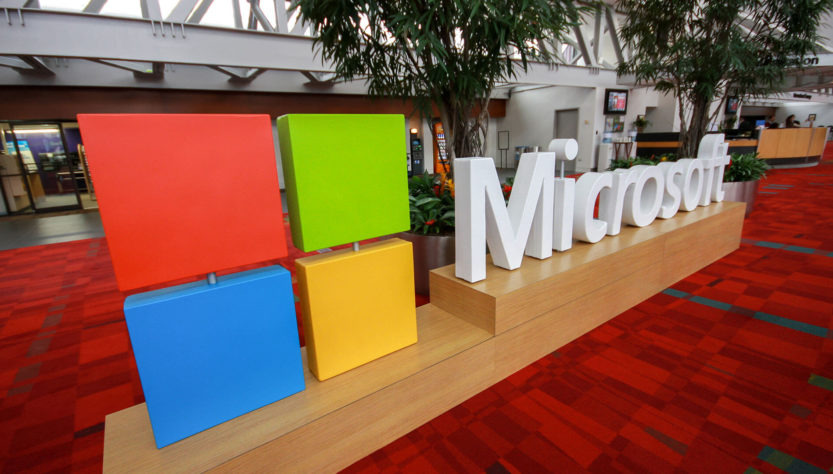The new name reflects a broader focus on ad inventory, data and targeting capabilities.
Why we should care. The rebrand emphasizes a focus on personalization and AI. “In the next year, we’re introducing more advertising products with built-in AI, more connected to your data and your business,” Rik van der Kooi, corporate VP for Microsoft Advertising, said in a blog post Monday.
It’s a bit of a back to the future move with a return to using the broader (and resurgent) Microsoft branding to signal offerings that extend beyond search inventory and search data.
“It’s a simple shift because our clients and partners already know us as Microsoft, and many are already tapping into our new advertising products that go above and beyond search, such as the Microsoft Audience Network.”
Microsoft Audience Network (MSAN) launched almost exactly a year ago. The AI backbone that powers Bing has given the company the “right to innovate,”David Pann, general manager of global search business at Microsoft said during a keynote discussion at SMX East last year. He cited MSAN and LinkedIn integrations as one example.
Interestingly, LinkedIn was not named in Monday’s news. Microsoft started integrating the audience data graphs of LinkedIn and Microsoft in 2017 and made LinkedIn data available for targeting in Microsoft Audience Network and then search ads last year.
Reflects several changes. The last rebranding came out of an initiative to focus on specifically on search advertising. The Bing Ads branding replaced adCenter in 2012 at the same time as Microsoft and Yahoo dubbed their search alliance the Yahoo Bing Network.
Where once Yahoo’s name preceded Bing’s in that search alliance, Yahoo — now under Verizon Media Group — ceded search ad delivery to Bing last year in a deal that made Bing Ads the exclusive search adverting platform for Verizon Media properties, including Yahoo and AOL. That deal also pushed Google out from serving any slices of that inventory.
Also part of that deal, the Microsoft Audience Network (the early harbinger of this broader rebrand) gained access to inventory on Verizon Media properties with that new deal.
In similar fashion, Google’s brand change from AdWords to Google Ads last year reflected the platform’s evolution from keyword-based search ads into one that supports many different ad formats — text, shopping, display, video, app install — across Search, YouTube, Gmail, Maps and a network of partner sites and apps
What else is new? The news comes as what had been dubbed the Bing Ads Partner Summit kicks off at Microsoft’s Redmond, WA headquarters this week. With this announcement, the Bing Ads Partner Program is now the Microsoft Advertising Partner Program.
The Bing brand is sticking around: “Bing remains the consumer search brand in our portfolio, and will only become more important as intent data drives more personalization and product innovation.”
Sponsored Products were also announced Monday. Sponsored Products allow manufacturers to promote their products in shopping campaigns with their retailer partners. “Manufacturers gain access to new reporting and optimization capabilities, and retailers get additional product marketing support with a fair cost split.” Sponsored Products is in beta in the U.S. only at this time.
Market share stats. Microsoft Advertising said it has 500,000 advertisers. For a bit of reference, Google passed the million advertiser mark in 2009. Facebook said last week that 3 millionadvertises are using Stories Ads alone.
It also said it reaches more than 500 million users and that Bing’s search share growth has grown for 100 consecutive quarters, according to comScore custom data.


